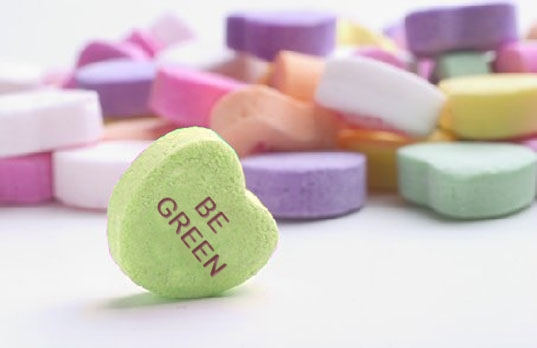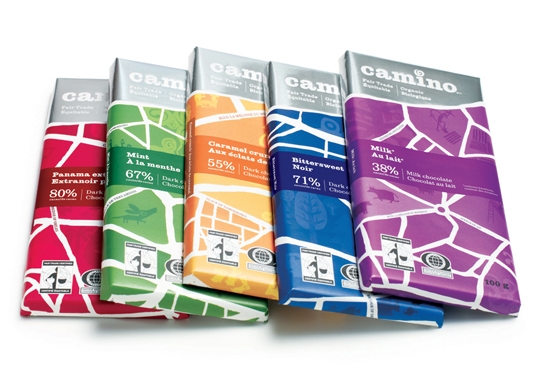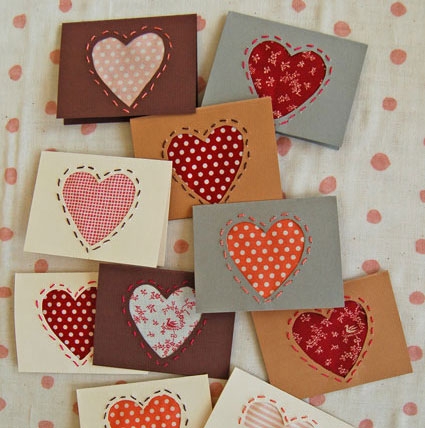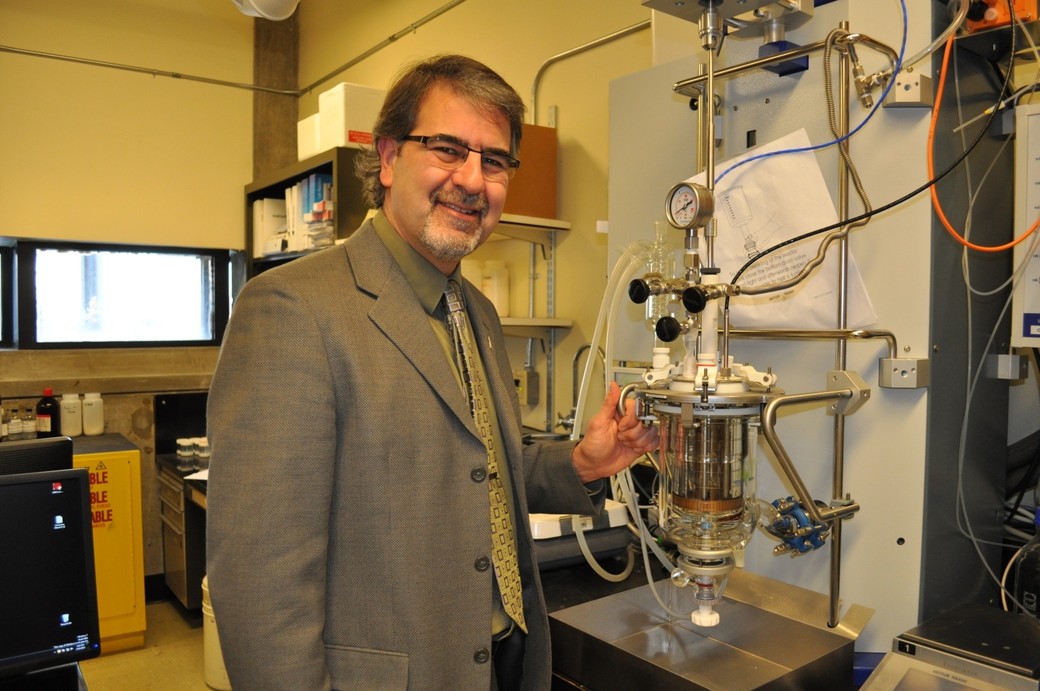
This Valentine’s Day, Green is the New Red!
When it comes to being eco-friendly, Valentine’s Day has a pretty ugly reputation. Millions of flowers are sold in Canada in the days leading up to the holiday, the bulk of them grown using toxic pesticides. Likewise, we buy vast amounts of chocolates, greeting cards, wine, candles, and jewellery, many that are manufactured, packaged, shipped, or discarded in ways that don’t exactly say “I love you” to the planet. This Valentine’s Day, emphasize romance rather than consumption, and show your loved one how much you care in a way that’s sensitive to the planet.

The flowers that you usually buy for your Valentine were likely grown in a foreign country, and travelled long distances to get here. About half of all roses sold in Canada were imported from Colombia. Because environmental standards vary from country to country, your flowers could contain a heavy amount of pesticide residue, endangering both the health of the environment, flower industry workers, and your own. Fertilizers, insecticides, fungicides, nematocides, and plant growth regulators are often heavily sprayed to avoid pests and diseases. If that’s not frightening enough, many foreign flower farms use labourers who are overworked, underpaid, and exposed to a plethora of dangerous chemicals.
Don’t be an uninformed consumer. Ask your florist questions before making a purchase – where do their flowers come from? Are they sprayed with pesticides? What kinds of working conditions exist for the flower labourers? Try to buy organic, Fair Trade certified flowers. Or, better yet, start a new Valentine’s tradition, and grow an indoor potted plant.
Chocolate is another popular gift choice for Valentine’s, with its aura of being an aphrodisiac. Yet most chocolate is far from sexy – according to the Pesticide Awareness Network, the amount of pesticides used to grow cocoa is second only to cotton! In addition, ninety percent of the world’s cocoa is grown by small producers in third world countries, many of who live well below the poverty line. And we haven’t even mentioned transportation or packaging!

When making a chocolate purchase, ask yourself – where is the cocoa grown, how was it grown, and by whom? Does the farmer earn a fair wage? Are pesticides used? These are tough questions, but important nonetheless. Look for products with the Fair Trade Certified and Certified Organic marks. These means the product has been independently audited, and found to have met agreed environmental, labour, and developmental standards. With organic and fair trade chocolate becoming much more widely available, you can still indulge while simultaneously supporting sustainable agriculture and worker health and rights.
Known for being a ‘Hallmark holiday’, many of us will buy a greeting card for our Valentine. But stop to consider that manufacturing paper has a surprisingly large environmental impact. Not only do paper mills use huge amounts of resources, but they also discharge large quantities of chemical waste. To boot, recycling only goes so far, as many cards contain materials that cannot be recycled. Unfortunately, this means millions of Valentine cards end up in landfills, ultimately producing nasty greenhouse gases.

If you’re going to give a card, get creative! Make your own DIY cards using materials around the house, including newspapers, magazines, or wrapping paper. (Bonus – you’ll get points for thoughtfulness and creativity!) If arts and crafts aren’t your strong point, consider sending an e-card. If you absolutely must buy a card this year, choose one made from recycled content and non toxic inks.
If you’re planning on giving wine to your Valentine, remember that it may have travelled long distances to get to your liquor store. To reduce the environmental impact of such lengthy transport, choose a local wine. Not only will you be lowering your carbon footprint, you’ll be supporting the local economy. Ontario is abundant with wineries, and author and wine enthusiast Tony Aspler suggested our ice wine is the world’s best kept secret! Try to also buy organic, to ensure pesticides were not used during production.

One of the best ways to go green this February 14th is simply to spend time with your Valentine on an environmentally friendly date. Choose a restaurant or make a meal at home with local food, organic food, or both. After dinner, get in touch with nature by going for a walk, going skating, or participating in any outdoor activity. How much greener – and more romantic – can you get by simply spending quality time with each other?
However you choose to celebrate Valentine’s Day this year, make an effort to keep both the romance and the planet alive!









